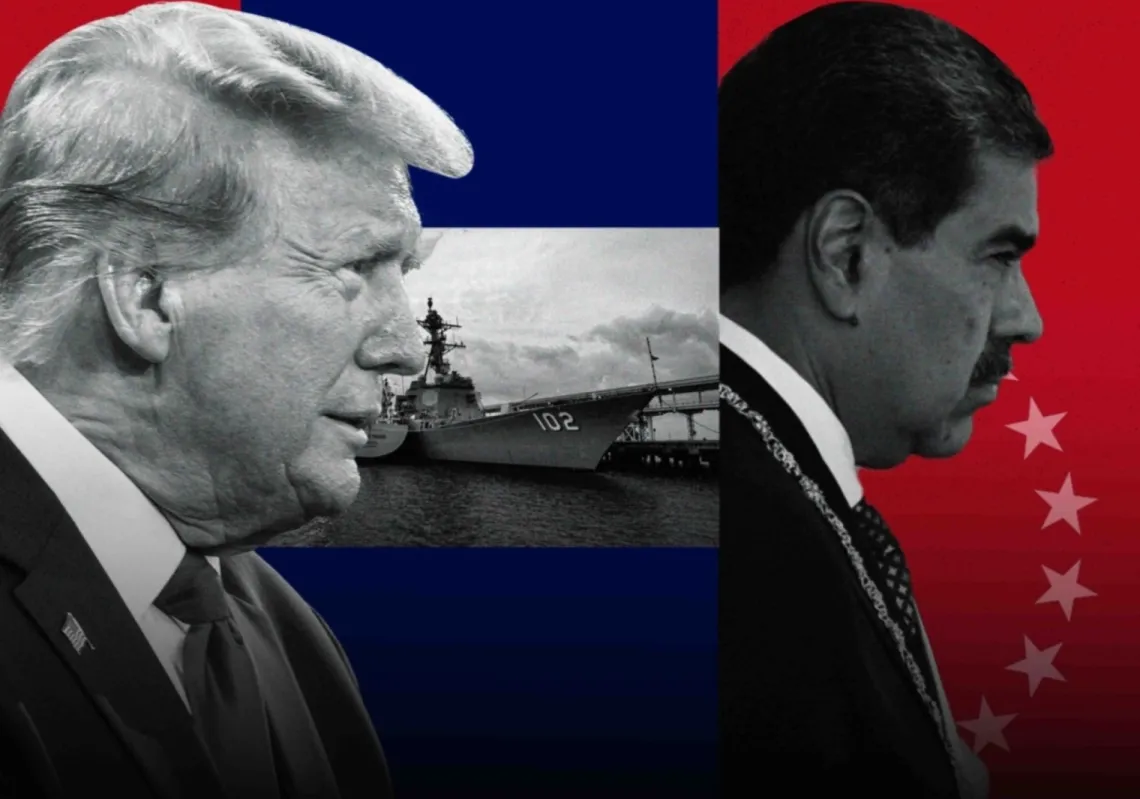An apparent Iranian attack on Saudi oil facilities has escalated tensions in the Gulf to new heights. American officials swiftly dismissed Houthi claims of responsibility and pointed an accusing finger at Iran. The affair seems to have quashed any possibility of American-Iranian diplomatic engagement in the near term.
UNPRECEDENTED STRIKE ON OIL FACILITIES
On September 14, what White House officials described as a combination of drones and cruise missiles struck two Aramco oil installations located in Abqaiq and Khurais. Combined, those two facilities have a processing capacity of 8.45 million barrels of crude oil per day, amounting to the lion’s share of Saudi Arabian oil production. In the immediate aftermath, Saudi Aramco announced that production of 5.7 million barrels a day was suspended — well over half of the nation’s overall daily output. Unsurprisingly, prices surged 15% as a result of the sudden supply cutoff.
Although Houthi forces claimed responsibility for the attack, American officials expressed skepticism. Secretary of State Mike Pompeo tweeted: “Tehran is behind nearly 100 attacks on Saudi Arabia while Rouhani and Zarif pretend to engage in diplomacy. Amid all the calls for de-escalation, Iran has now launched an unprecedented attack on the world’s energy supply. There is no evidence the attacks came from Yemen.”
For his part, U.S. President Trump stopped short of accusing Iran directly, but hinted at retaliation, tweeting, “There is reason to believe that we know the culprit, are locked and loaded depending on verification but are waiting to hear from the Kingdom as to who they believe was the cause of this attack, and under what terms we would proceed!”
US-IRANIAN MEETINGS ON HOLD
Before this week’s attacks, it was reported that President Trump intended to hold a meeting with senior Iranian leaders in a bid to alleviate regional tensions. On September 10, National Security Adviser John Bolton, a stalwart opponent of such talks, left the administration on apparently poor terms. Trump indicated an openness to French plans to extend a $15 billion line of credit to Tehran.
The oil facility attacks appear to have put such prospects on hold. President Trump ruled out talks the day after the missile attack without preconditions, calling it “Fake News” and “an incorrect statement (as usual!).” As if to underscore the extent of the change in mood in Washington, Republican Senator Lindsey Graham of South Carolina mulled publicly the idea of a retaliatory airstrike on Iranian oil refineries, saying “It is now time for the U.S. to put on the table an attack on Iranian oil refineries if they continue their provocations or increase nuclear enrichment.”
To judge by the response of senior Iranian officials, the sharpness of Washington’s response struck a nerve. Ayatollah Khamene’i tweeted: “If U.S. repents & returns to the JCPOA it withdrew from, then it can join and talk with Iran, among other members of the deal. Otherwise, no negotiation will take place between [Iranian] and U.S. officials at any level, whether in New York or anywhere else.”
Further down the hierarchy, Foreign Minister Javad Zarif tweeted that “Having failed at ‘max pressure’, [Secretary Pompeo is] turning to ‘max deceit’. The U.S. and its clients are stuck in Yemen because of illusion that weapon superiority will lead to military victory. Blaming Iran won't end disaster. Accepting our April 2015 proposal to end war and begin talks may.”
Sign up for our Weekly Newsletter
Get the best of Majalla, straight to your inbox.









